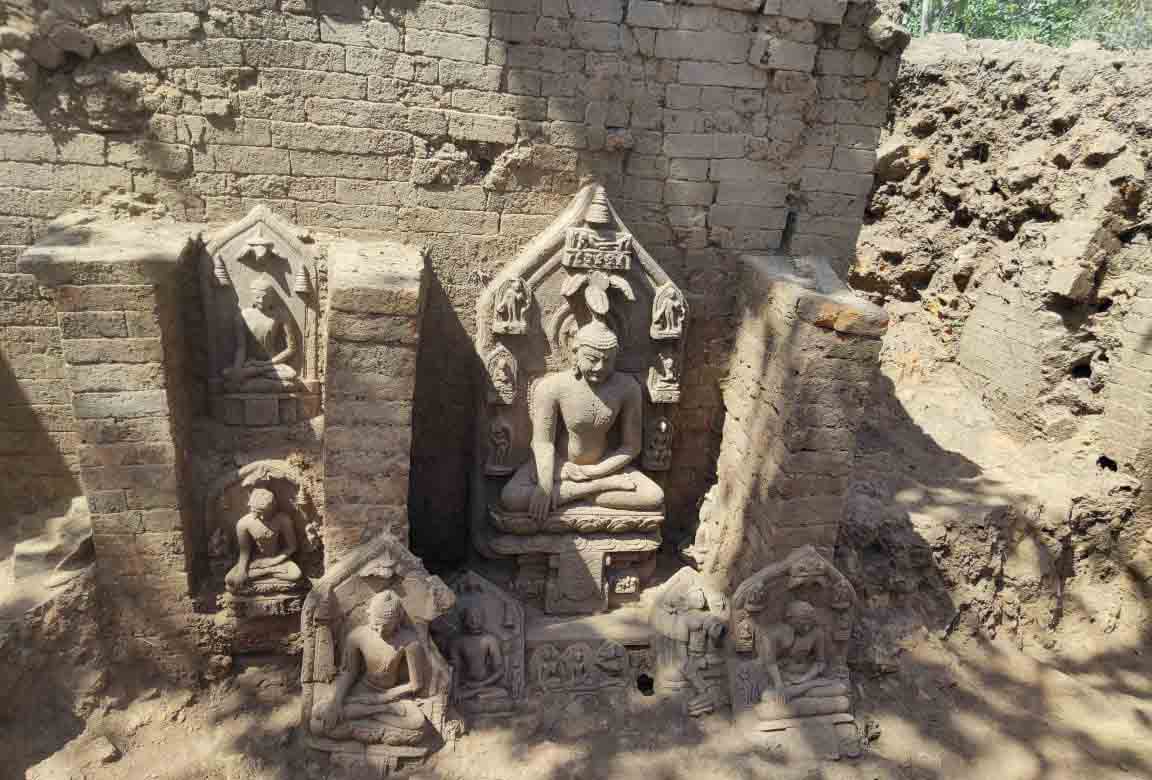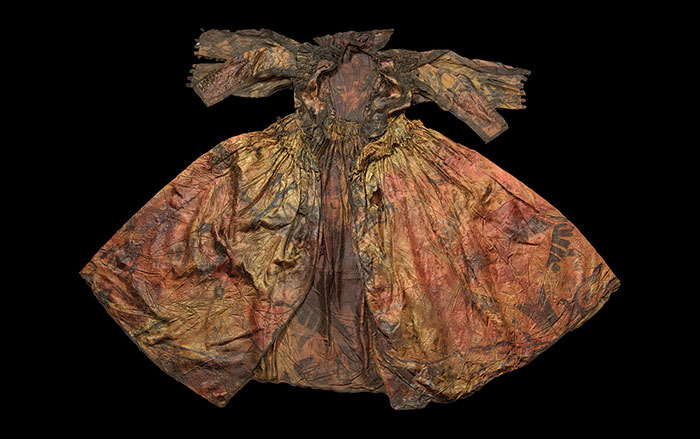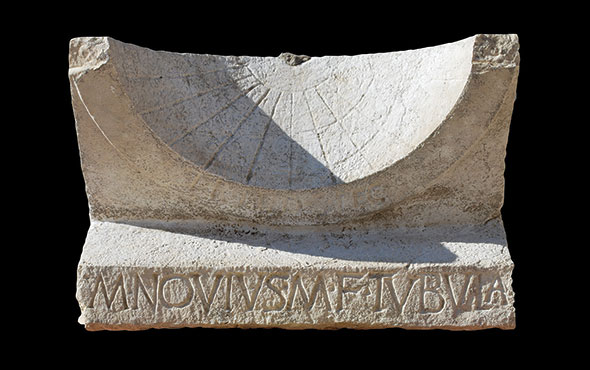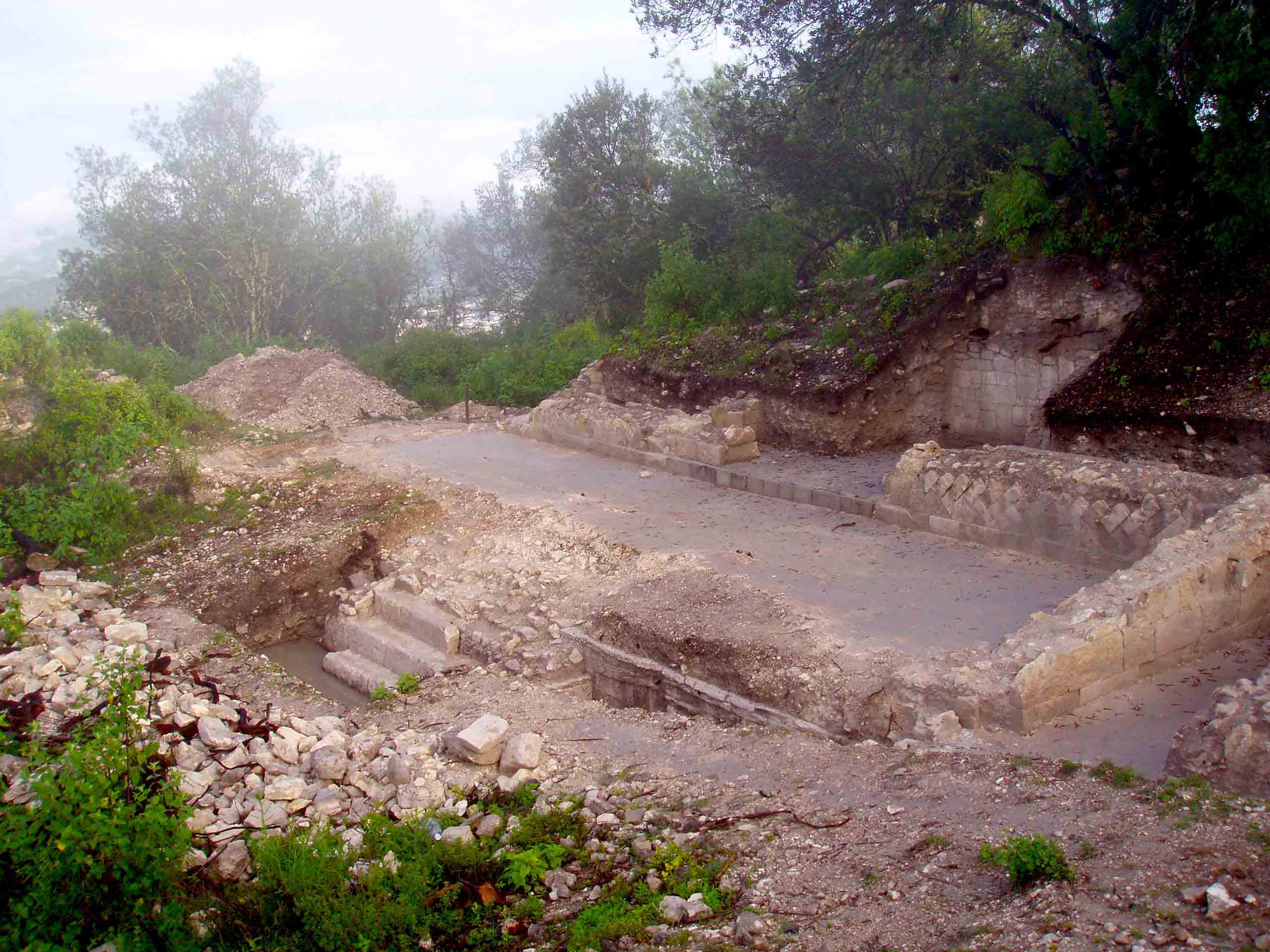
Recent excavations have unearthed a site resembling a Buddhist monastery in India’s Odisha state. The sculptural and architectural findings at the village of Jharhiamba in the Angul district suggest that a Buddhist monastery flourished during the reign of the Shunga-Kushan Dynasty, which governed the region between 150 B.C. and the first century A.D. Though a Buddhist presence is well known in the state, the discovery, archaeologists say, is important because this is the only monastery in Odisha where they have found evidence of monks and nuns cohabiting.
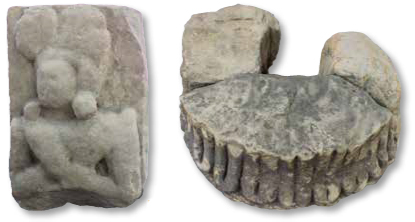
A copper plate that was recovered by British archaeologists in the nineteenth century, around six miles from the spot, bore an inscription about the monastery being present in the area and monks and nuns living together. “We believe that around 200 people lived in the monastery, which is scattered in an area of about a half mile square. We have found fragments of molded brick, sculptures, stupas, and a sandstone pillar from the spot,” says Dibishada B. Garnayak, superintending archaeologist of the Bhubaneswar branch of the Archaeological Survey of India. However, he also notes that much of the site has been damaged due to encroachment by local residents, coupled with a lack of interest in conserving its heritage.


